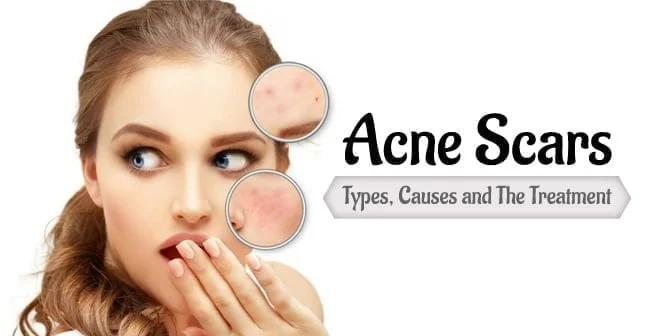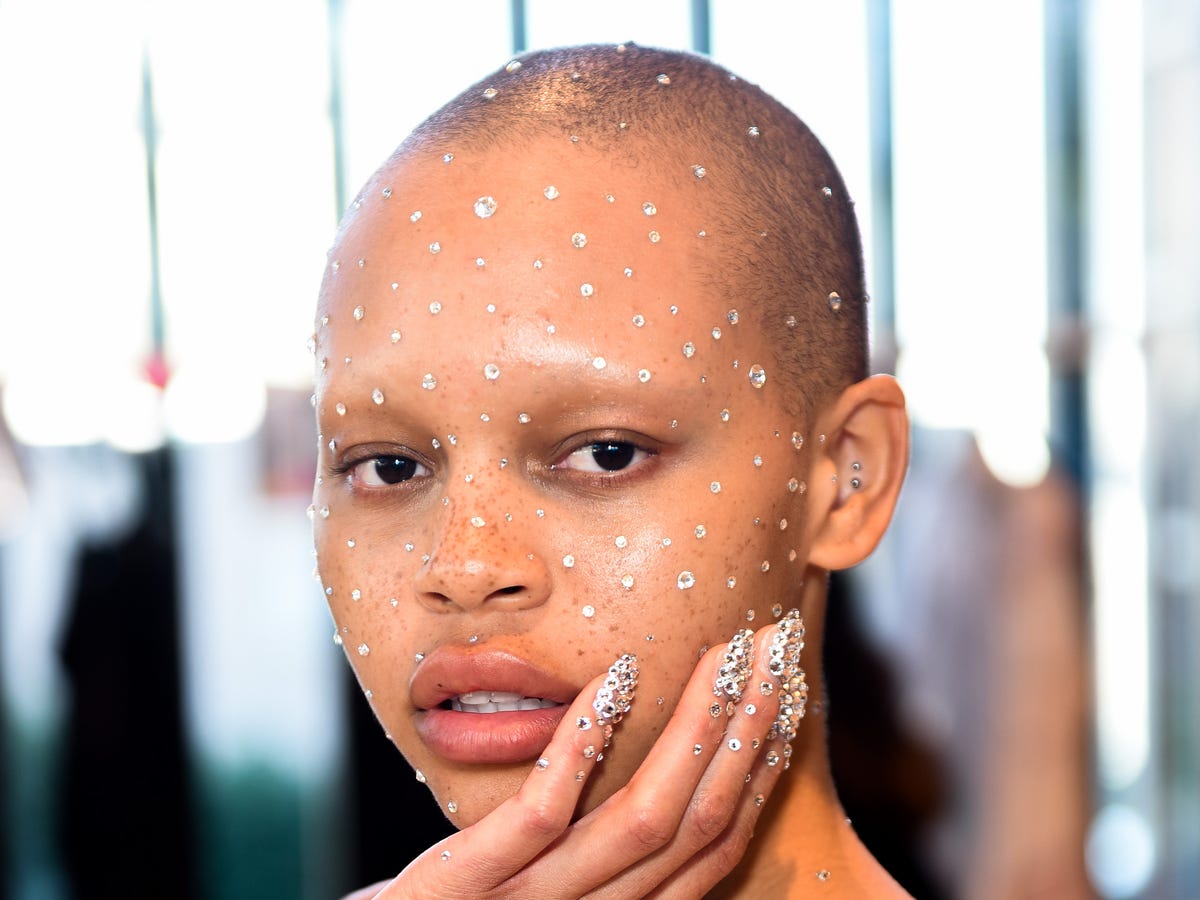Acne Scars for Dummies
Table of ContentsAcne Scars Fundamentals ExplainedThe 4-Minute Rule for Acne ScarsGetting The Acne Scars To WorkAcne Scars Things To Know Before You Get ThisMore About Acne Scars
Raised acne scars occur when the body creates as well much collagen and create a visible bump. As we age, acne scars come to be a lot more visibly since our skin loses collagen.An individual delays therapy for inflammatory acne. The longer you wait to seek treatment for acne, the higher the threat of scarring. A person selects at, presses or stands out acne. When popping an acne, you press microorganisms deeper into pore. If we didn't need an additional factor why not to pop a pimple, understand that a scar could be the direct result of your activities.
Your genetic makeup plays a big duty in just how much acne, and what kind of acne you might develop. As we stated previously, there is no magic ingredient to take acne scars away in the blink of an eye. There are therapies available that assistance diminish the scarring with time.
, a dermatologist might raise the mark, bringing it closer to the surface of the skin to make it less visible. Resurfacing removes layers of the skin, which enables the body to produce new skin cells.
What Does Acne Scars Mean?
best for all types of acne scars. Lasers and other light therapies can deal with raised scars securely and effectively. Treatment with a pulsed dye laser (PDL) can assist reduce the itch and discomfort, decrease shade, and flatten an increased scar. For individuals with lighter skin, intense pulsed light (IPL) likewise might be a therapy option.
After 3 needling therapies, there was enhancement in the look of acne scars over time contrasted with the control group, with minimal discomfort reported - acne scars. Treatment of acne scarring stays a therapeutic difficulty, with therapy methods that consist of an array of possible choices.
Nonablative and ablative lasers can be used to either eliminate or pierce skin in a fine pinpoint pattern, with resulting neocollagenesis; just a fraction of the skin is treated with each treatment, and a series of therapies are required to deal with the entire affected surface area. It has actually been recommended that neocollagenesis and enhancement of acne scars can also be attained utilizing needle rollers, which use a mechanical, macroscopic strategy to cause small skin and facial perforations.
The 20-Second Trick For Acne Scars
Like repaint rollers, such gadgets can be moved back and forth along the skin. Needling as a possible therapy for acne scarring was introduced by Camirand and Doucet, who described usage of a tattoo weapon to abrade acne marks. Fernandes,6 consequently insisted that needling with a roller resulted in percutaneous collagen induction.
At each of these sees, needling was done on the research study treatment location, and topical anesthetic was only massaged right into the control area. Digital photographs and adverse occasions (eg, infection, extended erythema, prolonged edema, serosanguineous drainage, blood loss, ulceration, erosion, and pigmentation), including their period, resolution, intensity, partnership to the research study treatment, and any alleviative actions taken, were videotaped before each therapy.

Pain degree was taped based on a 10-point visual analog scale after the treatment. Quickly after each treatment, mild hands-on stress with gauze was looked for 5 minutes to regulate pinpoint bleeding and product secretion. The skin was soaked with saline swabs for an hour to help with hydration while the individuals were enlightened regarding the requirement for home care.
Rumored Buzz on Acne Scars
The gadget was then additional cleansed by his explanation gas sanitation, saved in a closed bundle, and classified with the participant's name and the very first therapy date on package up until the next treatment. This sanitation procedure was followed to make sure a high level of infection control in this research setup. The key result step was the quantitative global scarring grading system, established by Goodman and Baron.
Two blinded skin specialists (S.H. and M.P.) independently rated individuals' acne marks based on typical digital photos gotten at standard and at the 3-month and 6-month follow-up visits. Compelled agreement was used to fix up scores. Considered that this was an early pilot trial, we considered it ideal to take into consideration acne scars jointly, not individually, by numerous morphologic subtypes (eg, rolling, boxcar, ice pick, and so forth).
and M.P.) did not take part in randomization or treatment and therefore were able to be click here for info blinded pertaining to project. Adjustments in mean mark scores from standard to 3 and 6 months, respectively, were calculated for the treatment and control arms. Repeated-measures analysis of difference with pairwise comparisons with Sidak adjustment were done to test whether the mark score differed on treatment type, time, or the interaction between the two.
The Wilcoxon signed rank examination was utilized to examine whether the difference in overall acne mark look was associated with therapy type. Twenty people consented, and 5 dropped out prior to the initial treatment.
Acne Scars for Dummies
At 3 months compared with standard, the decrease in mark score in the needling group was nonsignificant (mean difference, 2.4, 95% CI, 0.01 to 4.8; P =.052) (Figure 3). The needling procedure was not particularly excruciating. The mean discomfort rating was 1.08 of 10. Discomfort rankings increased somewhat with time (P =.01), with week 4 discomfort ratings (mean, 1.75; 95% CI, 0.90-2.60) significantly greater than week 2 (mean, 0.78; 95% CI, 0.40-1.20) and week 0 (mean, 0.71; 95% CI, 0.40-1.00).
When asked to estimate the discomfort experienced throughout and in the days after their treatment, individuals commonly reported no discomfort (acne scars). Many participants were very pleased with their procedure, replied yes when asked if they would do this treatment once again to treat added scars, and said they would suggest needling to their close friends
Light transient erythema and edema, which were not classified as damaging events and hence not officially tracked, were routinely observed by the private investigator (M.A.) and reported by participants after therapies. This research study reveals some renovation in acne scars after a collection of 3 treatments of needling. There is a statistically substantial enhancement in such scars in the therapy group from standard to 6 months and no considerable enhancement during this duration in the control group.
